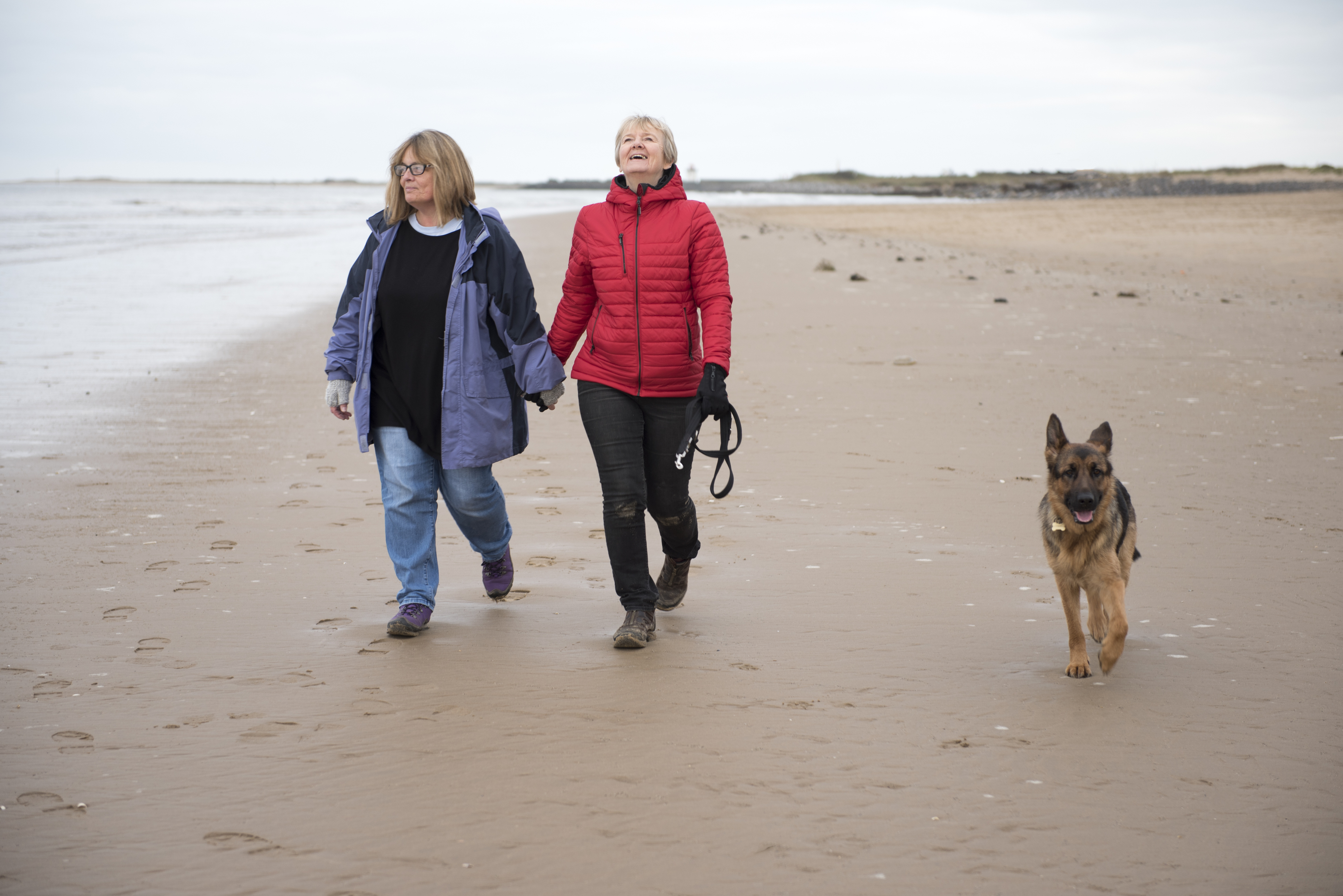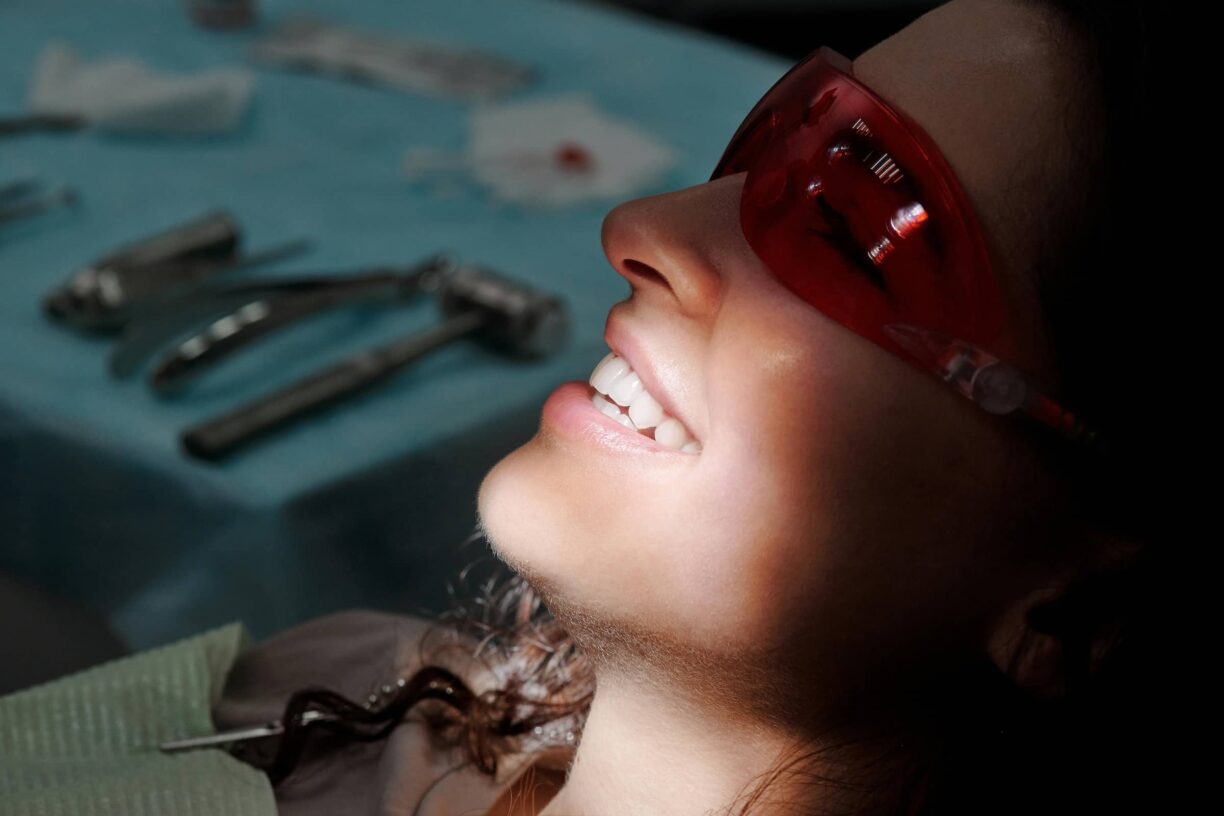Stroke Signs and Symptoms
When it comes to living a long, healthy life, many of us believe it’s luck of the drawer. Lifestyle factors can play a big part though – particularly with conditions like stroke.
Research on the prevention of strokes suggests 80% of strokes could be prevented through healthy lifestyle changes.
Despite this, stroke is the fourth single leading cause of death in the UK, according to the Stroke Association. It’s also a leading cause of disability, as almost two thirds of stroke survivors are left with a disability.
Although you can’t change some risk factors – like your age and genetics – making some simple lifestyle changes really could prevent many strokes. We asked experts to share some golden rules for avoiding stroke…
What exactly is a stroke?
A stroke is a form of ‘brain attack’, and occurs when the oxygen-rich blood supply to the brain is cut off. It’s a serious, life-threatening condition, as brain cells can rapidly begin to die.
“There are two main types of stroke,” explains Dr Luke Powles, associate clinical director for Bupa Health Clinics. “Ischaemic strokes are the most common and occur when a blood clot prevents blood – and therefore oxygen – getting to the brain.
“This is often a result of high cholesterol, which causes people’s arteries to become blocked or narrowed by fatty deposits.”
The other main type is haemorrhagic stroke. While less common, Powles explains that these types of stroke are triggered when a blood vessel bursts inside the skull. The main reason for this is high blood pressure.
What can I do to reduce my risk of stroke?
When it comes to reducing the risk of stroke, a number of lifestyle factors are important.
- Get regular exercise
Being overweight and having an inactive lifestyle puts people at increased risk of stroke. Staying active can help you maintain a healthy weight and cholesterol levels.

“You should aim to undertake some form of physical activity every day, building up a total of 150 minutes of moderately intensity aerobic activity [per week],” says Powles. “It doesn’t have to be anything too strenuous. Lots of everyday activities – like walking, gardening and climbing stairs – can count, as long as they’re increasing your heart rate.”
If you’re new to exercise, it’s advisable to gradually build up your levels of activity. Chat to your doctor if you are unsure how to go about this. Similarly, if you’re returning to exercise having previously suffered a stroke, Powles recommends speaking to your doctor or health advisor to help set a plan that’s safe and effective for you.
- Eat well
Just like exercise, a balanced diet is important for maintaining a healthy weight and generally keeping healthy – particularly your cardiovascular health. “Try to opt for foods that are high in fibre, such as wholemeal or granary breads, whole-wheat pasta or brown rice,” notes Powles.

Likewise, be mindful of your fat intake. Getting enough healthy fats is important, but unhealthy and processed fatty foods aren’t good news if you consume too much. “Especially saturated fats,” says Powles, “as these can raise your cholesterol, increasing your risk of a stroke and also heart disease.”
- Ditch the salt
Consuming too much salt is a significant cause of high blood pressure, which increases your risk of suffering a haemorrhagic stroke. We need a certain amount of salt to survive – but lots of food already contains salt, so if you’re adding extra to flavour your meals, chances are you’re getting too much.
“Try and cut down on salty foods like crisps, bacon and cheese, and find substitutes where you can,” Powles adds.
For example, why not try unsalted nuts or fresh fruit as snacks, instead of reaching for a bag of crisps? Likewise, rather than using salt to flavour foods, Powles says you could try using more herbs and spices instead.
- Stop smoking
We all know smoking is bad for our health – but it’s not just our lungs that are affected. “Smoking causes your arteries to narrow and makes your blood more likely to clot,” warns Powles. It should come as no surprise then that regular smokers have a significantly higher risk of having a stroke.
Local stop-smoking services are free, and friendly and can massively boost your chances of quitting smoking for good. Your GP can refer you, or you can phone your local stop-smoking service to make an appointment with an adviser.
- Drink less alcohol
Many of us enjoy a tipple at the end of a long week, but regularly dipping into the booze cabinet can have a serious effect on your long-term health.
“People who drink heavily are three times more likely to suffer a stroke than those who don’t,” states Powles. “There are two main reasons for this, the first being that excessing drinking drives up your cholesterol.
“Secondly, most alcoholic drinks are also very high in calories and sugar, making it harder for people to maintain a healthy weight.”
This isn’t to say you necessarily have to give up drinking completely, assures Powles, although there are many benefits if you choose to. He advises trying to stick to recommended limits of 14 units a week, spread over at least three days. That’s around six pints or roughly a bottle-and-half of wine.
- Understand what other conditions may increase your risk
Powles says some common health conditions will put you at higher risk of having a stroke, including diabetes, hypertension and sickle cell disease.
If you’ve got an underlying condition, it’s important you speak to your doctor to understand its impact on your wider health. “If it does put you at higher risk of developing a stroke, it’s even more important you’re making proactive choices to reduce your risk,” Powles adds.
Know the warning signs
Strokes require urgent medical attention. Every minute counts when someone is having a stroke, so knowing the symptoms and being able to act quickly is really important.
“The NHS is running a great campaign, reminding people to think ‘FAST’. It’s an easy-to-remember acronym that that helps people to look out for key symptoms and take action,” says Powles.
Face: If someone’s having a stroke, their face may droop or they may lose mobility on the side.
Arms: People’s arms may also be affected. If they’re unable to raise both arms or feel weakness or tingling, it may be a sign of a stroke.
Speech: Somebody’s speech may become slurred or unusual, or they may not be able to speak at all.
Time: If you suspect that you or someone else is having a stroke, phone 999 immediately and ask for an ambulance. The faster a medical professional can respond to a stroke, the less damage it can do in the long term.





